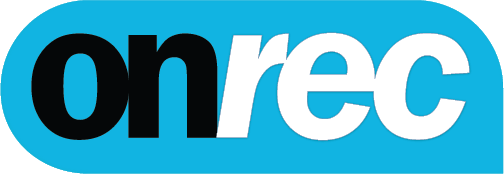A new in-depth study from Wellhub, the global corporate wellness platform, unveils a surprising truth about executive priorities when it comes to workplace wellness: CEOs are most concerned with employee engagement and utilisation, not program costs.
The "Return on Wellbeing 2025 Report," based on insights from over 1,500 international CEOs and business leaders, underscores that while cost is a factor, the primary hurdle for leaders is ensuring employees actually use the wellness benefits provided.
"Our research clearly shows that CEOs aren't hesitant about the financial commitment to wellness; they're driven by the desire to see real, tangible impact through employee participation," said Cesar Carvalho, CEO and Co-Founder of Wellhub. "We've seen it firsthand: wellbeing isn't just a benefit, it's a strategic driver for heightened productivity, stronger talent retention, and a leaner bottom line through reduced healthcare costs. It's crucial for us to recognise that while we may have unique access to resources and the flexibility to prioritise our health, many employees do not. Providing accessible, impactful wellbeing programs for all employees isn't just a moral imperative; it's a strategic investment that yields profound returns across the entire organisation."
Key Findings Redefine How Leaders View Wellness:
- Wellbeing as a Strategic Investment, Not a Perk: 82% of CEOs globally report positive returns from their wellness programs, directly linking them to increased productivity (56%), reduced absenteeism (67%), stronger employee retention (73%) and reduced healthcare costs (68%). This data underscores that wellness is a critical business asset, not a discretionary expense.
- The Executive-Employee Wellbeing Divide: A Call for Accessible Wellness: The study reveals a significant "perception gap": while 93% of CEOs report excellent or good overall wellbeing, only 63% of employees say the same. CEOs who actively participate in wellness programs are twice as likely to increase funding, demonstrating that their personal experience with wellbeing motivates investment. This highlights the opportunity for leaders to extend the benefits they personally experience—like access to therapy, time for exercise, and mindful practices—to their entire workforce, bridging this crucial gap in experience and access.
- Flexible Work Reality: CEOs tell us flexible work is here to stay—58% say greater schedule flexibility would improve their own wellbeing, and 45% believe promoting flexible work models is key to successful wellness initiatives. This shift requires wellness programs offering virtual, on-demand, and multi-location options to effectively serve today's dispersed workforce.
Actionable Roadmap for HR Leaders to Drive Investment: The report provides clear strategies for HR leaders to successfully increase wellness funding:
- Frequent Impact Reporting: CEOs who received regular (at least monthly) updates on wellness program performance were significantly more likely (58%) to increase funding.
- Framing Wellness as a Business Asset: Successfully connecting wellness to core business objectives like productivity, cost reduction, and retention is crucial for securing buy-in.
- Piloting Programs: Starting with smaller, data-driven pilot programs can provide the measurable results needed to secure larger investments.
- Leadership Engagement: Encouraging active participation from executives creates internal champions and boosts overall program adoption.
- Addressing Concerns with Data: Proactively addressing CEO concerns about engagement, ROI, and budget with hard data turns skepticism into support.
“CEOs who personally experience the benefits become the most powerful advocates for company-wide wellbeing,” said Carvalho. “This creates a virtuous cycle where leadership wellness drives investment, which improves employee wellness, which ultimately strengthens business performance. The most successful CEOs understand that wellness advocacy must start in the C-suite—not just with budget allocation, but with authentic personal engagement. When leaders visibly prioritise their own wellbeing, it transforms from corporate policy into cultural permission."
The full report is available at wellhub.com/en-us/resources/research/return-on-wellbeing-2025






